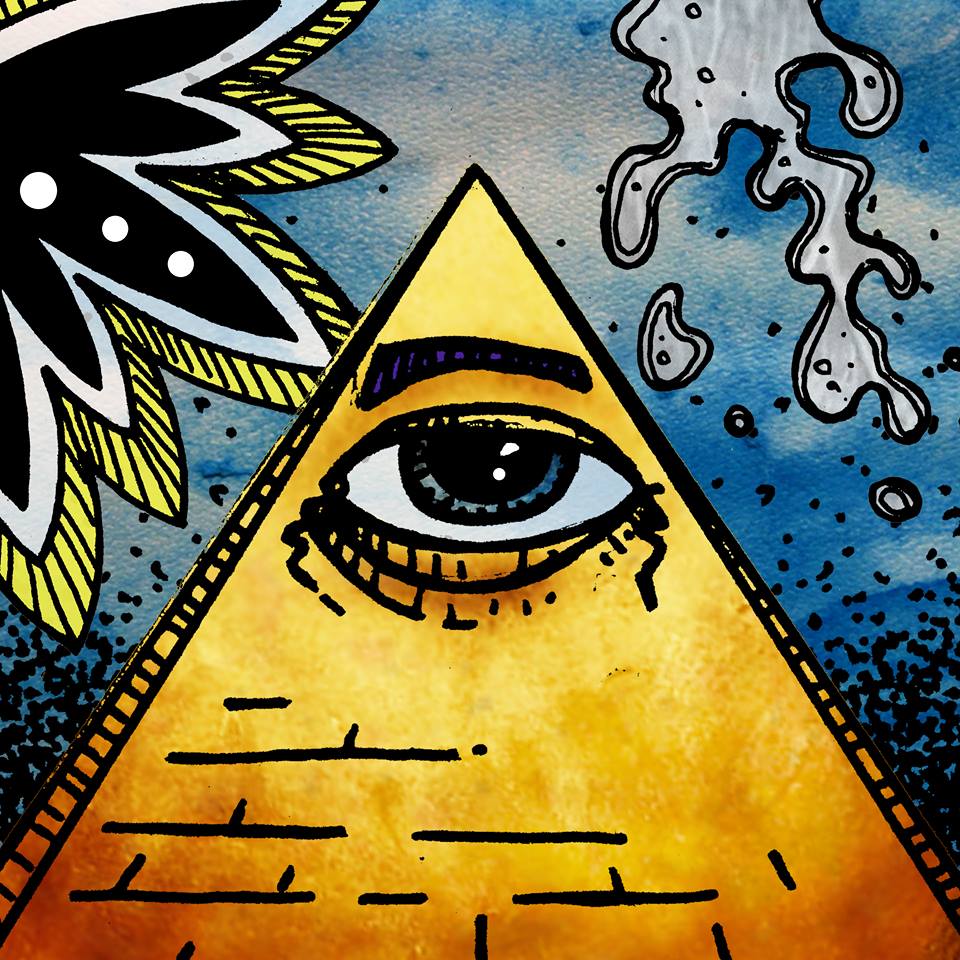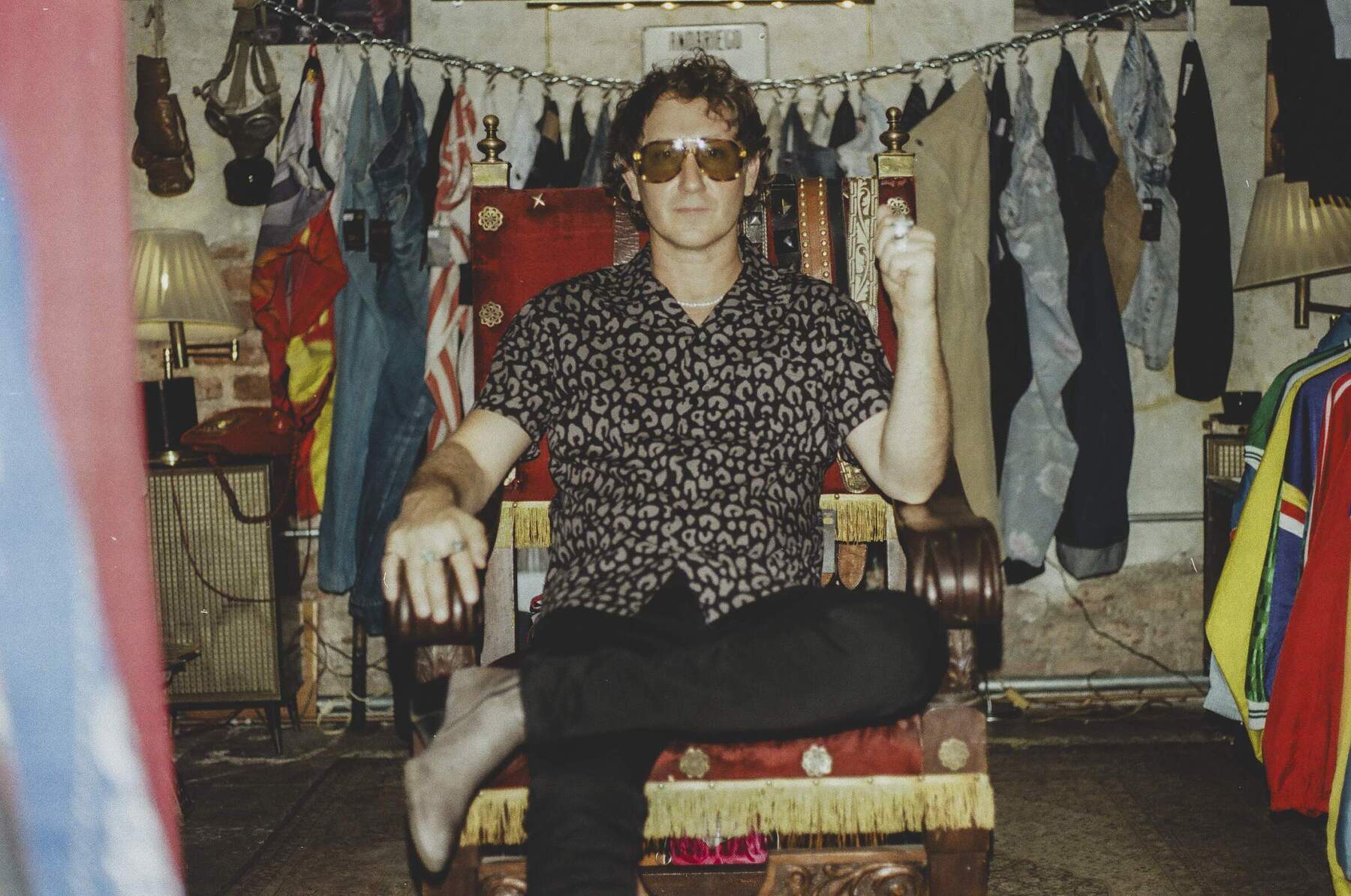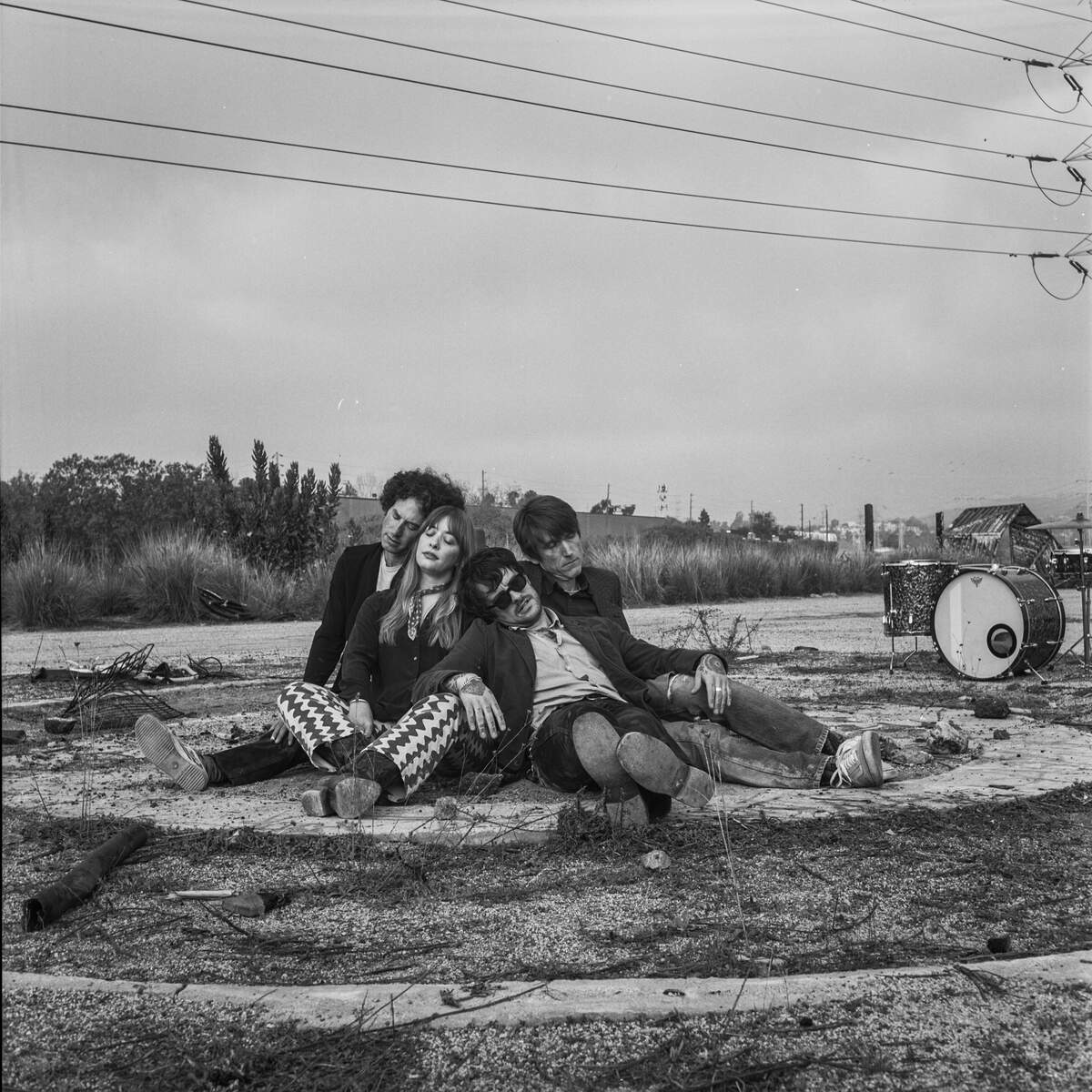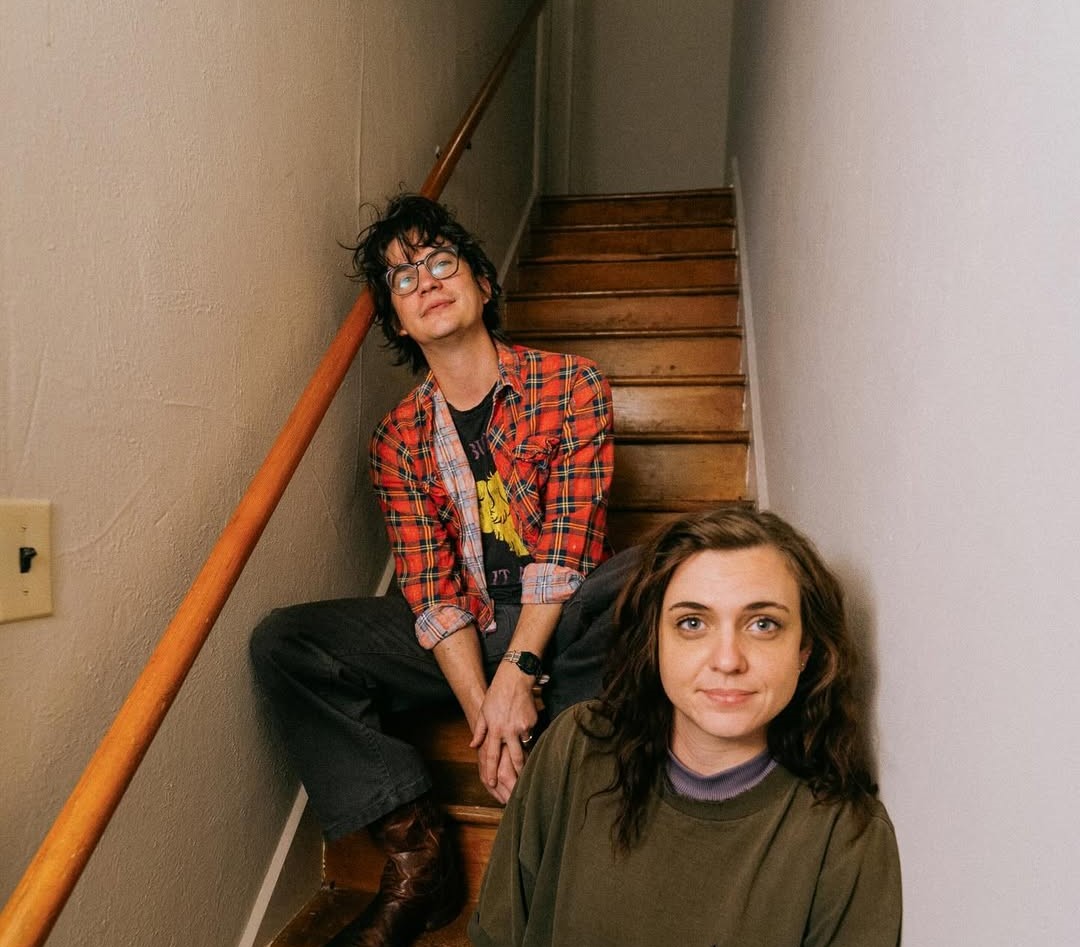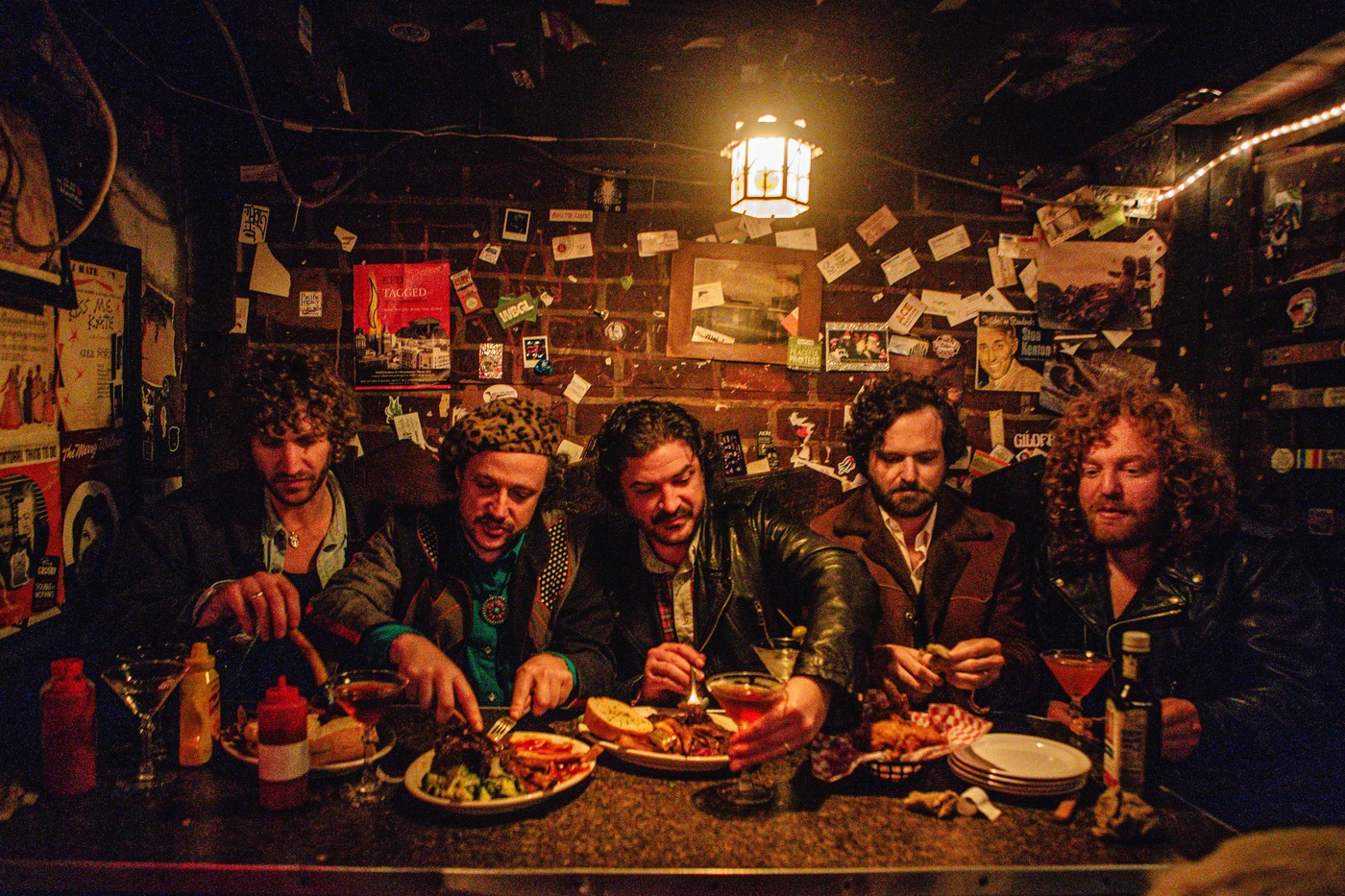Cartographies of Sound: Erik Deutsch Maps New Futures on ‘This Was Then’
The album ‘This Was Then’ by Erik Deutsch represents a sophisticated exploration of jazz’s contemporary boundaries, serving as a mature command of his craft and his persistent quest for discovery.
Deutsch, a musician recognized for his genre-fluid collaborations and dynamic leadership in various projects, consolidates his long-standing sextet for this recording. The addition of percussionist Mauro Refosco and vocalist Victoria Reed enriches the album’s palette, resulting in a work filled with sonically ambitious.
The album’s composition is characterized by its stylistic fluidity, moving seamlessly between diverse musical landscapes. For instance, ‘Saddest Day in Paradise’ offers a synthesis of R&B and psych motifs, while the title track delves into atmospheric textures. ‘Immortals’ is particularly noteworthy, functioning as a multi-movement suite that bridges elements of spiritual jazz with space-funk aesthetics. In contrast, ‘Memory,’ a ballad featuring Reed, provides a moment of profound intimacy, grounding the album’s more experimental inclinations.
Jointly produced with Jeff Hill, ‘This Was Then’ is distinguished by its exceptional depth, achieving a cinematic quality without sacrificing the spontaneous vitality of a live performance. The intricate layering of instrumentation and rhythmic subtleties encourages repeated listening, revealing new details with each engagement. Deutsch’s work transcends conventional jazz categorization. The album functions as a detailed cartography of these created music worlds.
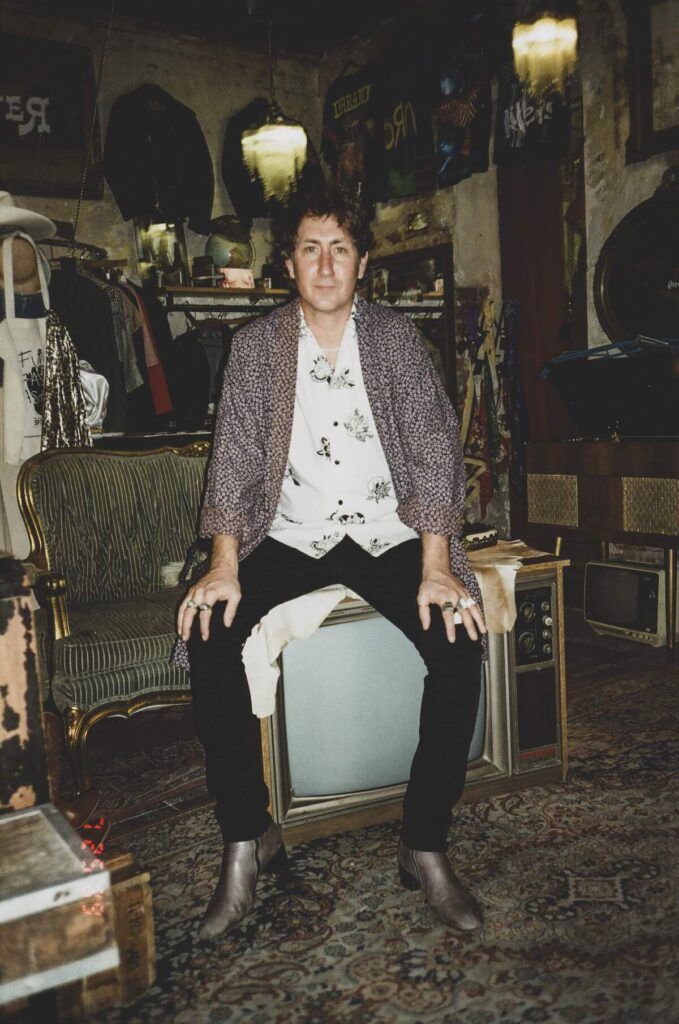
“Why not mash up two of my favorite things: the spiritual, psychedelic world of McCoy Tyner with the space-funk groove of Herbie Hancock”
Erik, ‘This Was Then’ feels like a culmination of your journey so far, effortlessly cruising through styles. What was the most surprising revelation for you, musically speaking, during the creation of this album?
Hi Klemen, thanks so much for your time and support. I’m happy to hear about the “effortless cruising through styles.” Although a potentially risky path, I’ve come to realize that this type of genre-hopping is an unmistakable trademark of my music and, frankly, something I truly enjoy… so excellent news that you think it’s working!
As far as a surprising revelation, I wasn’t sure what to make of this record immediately following the session. Songs were incomplete, especially sonically, which was mostly on purpose, but I have to admit that it brought about hints of self-doubt and questions as to whether the piloting of the session had been my best work. So, I buckled down in my studio, began to layer the keyboards (aka stir the secret sauce), brought in some special guests to add special things, and then sent the tracks to Jeff for mixing. By the time we had finished, I truly believe that this is one of my best-sounding and most musically satisfying records.
You and Jeff Hill have been a production duo since Demonio Teclado. How has that collaborative relationship evolved over the years, and what’s the secret ingredient that makes your combined vision so unique?
I love Jeff as a musician, a producer, a mixing engineer, and as a friend very much (we were also neighbors at 475 Kent in Williamsburg for a decade!). The secret ingredients are trust, admiration, and communication. He knows what I like, I believe in his instincts and taste, and the result is a functional, healthy, and successful working relationship.
‘Saddest Day in Paradise’ kicks things off with this fantastic R&B and jazz mash-up. Was there a specific moment or inspiration that sparked that particular stylistic blend for the album’s opener?
My compositions often begin with a riff, and once I discover that, I build a song around it. ‘Saddest Day’ started with that opening riff, and I felt like it would be interesting to contrast the R&B chill-out vibe that you feel immediately with a funky double-time beat, thanks to Tony Mason for the groove and to Charlie Hunter for compositional inspiration.
‘This Was Then’ really dives deep into dub and jazz, a space you’ve explored before. With Mauro Refosco on percussion, it feels particularly moody and intriguing. What is it about that dub influence that keeps drawing you back?
This type of dub fusion is something that I’ve been exploring since my days in Fat Mama. I can say this with confidence: everybody likes it! Musicians and audiences of all ages and backgrounds seem to connect with this type of musical energy, and I’m not exactly sure why, but it’s clear to me that these dubby numbers stand out. So if we’re all enjoying the ride, I figure I’ll keep the train rolling.
‘Immortals’ is such a dynamic track, moving from spiritual jazz to funky psychedelia. It really showcases your range. How do you approach composing a piece with such distinct, yet seamlessly connected, movements?
I just thought, why not mash up two of my favorite things: the spiritual, psychedelic world of McCoy Tyner with the space-funk groove of Herbie Hancock? I wavered on whether or not it made sense to separate the tracks and ultimately decided that the magic was in the combination of the two worlds and a gift in the payoff for those who listened past the first half.
‘Memory’ is a stunning Victoria Reed composition that’s been a live staple. What made this the right time to finally bring it into the studio for ‘This Was Then’?
Victoria has been such an important part of my band’s evolution, especially here in Mexico since I left NYC. We hadn’t had the chance to record anything of hers for a record of mine since 2017’s Falling Flowers, so I figured it was time to make that happen.
On a personal level, we’ve divorced after 11 years together, but remain committed to each other as family and musicians, so this felt like a cool opportunity to continue that bond. I also believe very strongly in my heart that magical songs that become staples of powerful live sets should be documented so that they have the opportunity to live into the future.
‘Neon Blue’ has that undeniable Memphis and New Orleans vibe, and I can hear those influences like Charlie Hunter and Al Green. When you’re composing, do you intentionally set out to explore specific geographical sounds, or do they just emerge organically?
Occasionally I’ll set the intention to compose a song with a specific vibe, but more often I step back, take a look at what I’ve come up with, and build a song around it that hopefully makes sense.
‘Snake Alley’ is a beautiful, personal tribute to your late brother. How challenging or cathartic was it to translate such a significant personal memory into a musical piece?
I think that the opportunity to honor important people in my life with songs is a gift. It makes me happy, and I hope it makes others feel good, so why not pay tribute with your music to those who mean the most?
‘Pretty Pigeon’ is a wild ride – Nick Drake, Grateful Dead, Pink Floyd, even Lord of the Rings! How do you wrangle such diverse inspirations into one cohesive, feel-good jazz composition?
Hahahaha, I have no idea… This one did take some wrangling, some editing, some scrapping for ideas, but in the end we made it to the finish line, and hopefully it’s worth the journey.
‘Invisible Temples’ was the last song written and tracked, bringing the album to a gentle close. Did you know from the outset that this would be the final piece, or did it reveal itself as the album’s natural conclusion during the recording process?
I never knew it would be the final song on the album, but something about it is obvious, right? It feels like a coda, a farewell, an afterword, and buttons up our aural travelogue rather nicely.
Beyond the incredible musicianship on This Was Then, the production truly stands out, pushing the boundaries of what’s expected from jazz musicians. What do you hope listeners take away from the sonic experience of this record, perhaps even more than the compositions themselves?
I really appreciate that compliment, and I just hope that listeners connect with the idea that instrumental music can be creative sonically in the same way as rock and pop, and that it can be taken seriously (or lightly!) in the same way as well.
You’ve toured extensively with The Black Crowes and collaborated with such a wide variety of artists. How do those experiences outside of your own projects inform and enrich your solo work and your vision for Erik Deutsch music?
Every gig I’ve ever done has informed who I am musically, especially those with whom I’ve spent the most time and energy. I’m talking about Art Lande, Ron Miles, Fat Mama, Charlie Hunter, Shooter Jennings, Leftover Salmon, and The Black Crowes, to name some of the most important relationships.
I gave everything I possibly could musically to all of these projects and people, and believe me, they gave me more back. It’s just so fortunate that I’ve been able to be myself in these different musical environments and that I’m encouraged and supported to explore so many worlds within my solo career.
Looking back at your catalog over the past 20 years, it’s clear you’ve consistently evolved your concept of jazz. What do you see as the most significant shifts or expansions in your musical philosophy during that time?
There was focus on harmony and composition in my 20s, on groove and energy in my 30s, and now other things like consistency, leadership, malleability, and even showmanship in my 40s. I’m always trying to improve, to remain relevant and current, and never satisfied with complacency. Keep pushing — that’s the name of the game and the secret to this career.
The press release mentions ‘This Was Then’ is a “gift that will continue to give, to reveal more magic upon each listen.” What’s one piece of magic or a subtle detail you hope listeners discover after multiple listens that they might miss on the first pass?
Hmmm, well, I would say the layers of the sonic palette — that perhaps something you hadn’t noticed, hiding there in the bushes, pops out and makes the music that much more enjoyable to experience the second time around.
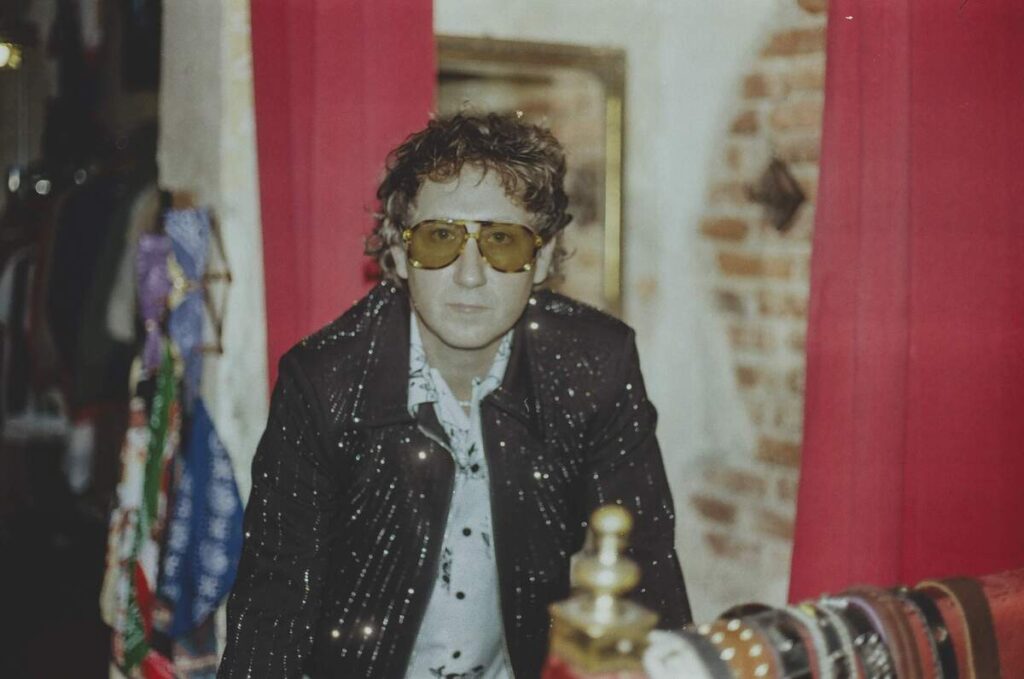
Oh, one more… Say we’re hanging out with a turntable. What records are you cueing up?
Man… Tom Tom Club, Stan Getz, ZZ Top, Chicha Libre, The Crusaders, Perez Prado, Roberta Flack, and The Stones are always nearby.
Klemen Breznikar
Erik Deutsch Website / Facebook / Instagram / Bandcamp
